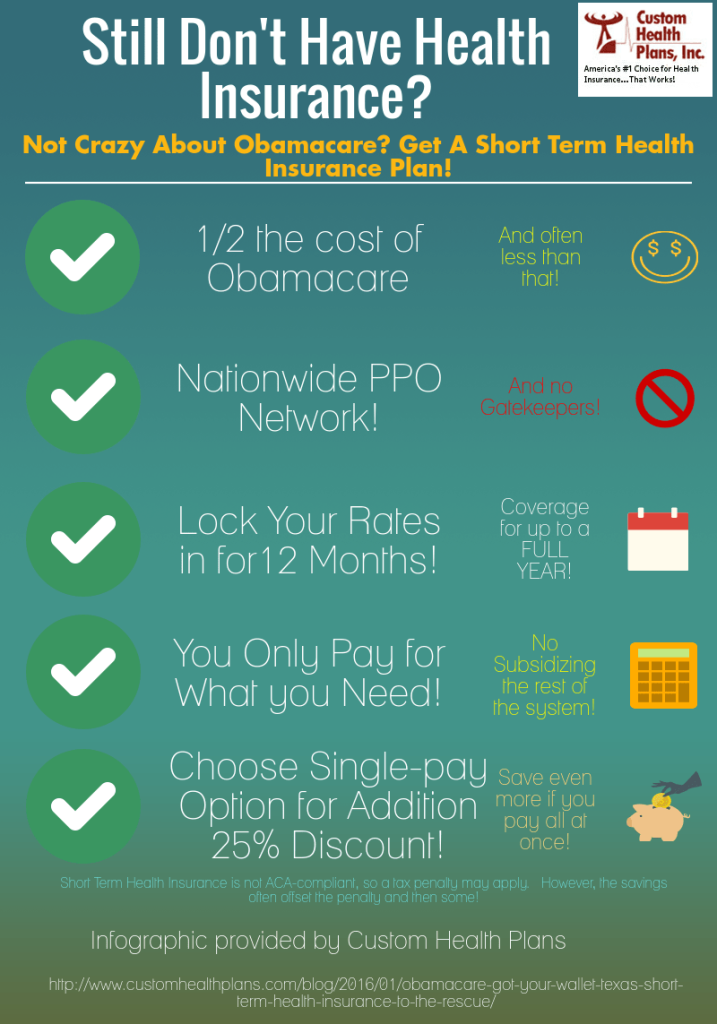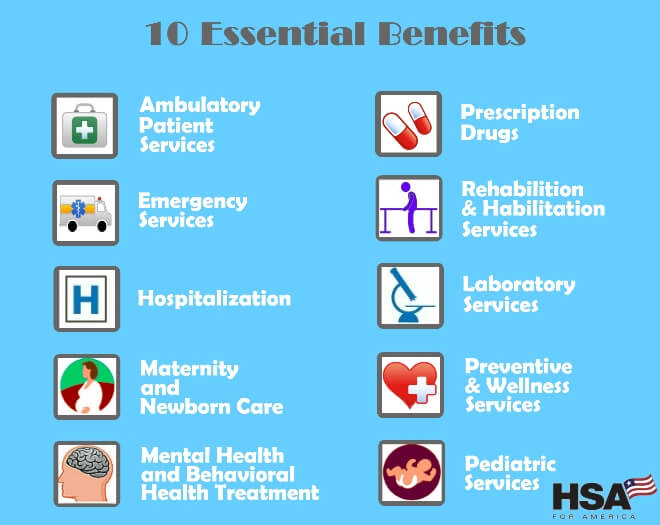The Buzz on Life Insurance In Toccoa, Ga
Wiki Article
Commercial Insurance In Toccoa, Ga Fundamentals Explained
Table of ContentsThe Affordable Care Act (Aca) In Toccoa, Ga PDFsThe Ultimate Guide To Medicare/ Medicaid In Toccoa, GaThe Best Strategy To Use For Final Expense In Toccoa, GaA Biased View of Automobile Insurance In Toccoa, Ga

New immigrants account for a considerable proportion of individuals without wellness insurance policy. The connection between wellness insurance coverage and access to care is well developed, as documented later on in this chapter. The partnership in between health and wellness insurance and health and wellness outcomes is neither direct nor simple, a comprehensive medical and wellness services study literary works links health and wellness insurance protection to enhanced accessibility to care, far better high quality, and boosted individual and population wellness status.
About Insurance In Toccoa, Ga
The issues dealt with by the underinsured are in some areas comparable to those dealt with by the without insurance, although they are normally less extreme. Uninsurance and underinsurance, nevertheless, involve definitely different policy concerns, and the approaches for resolving them may vary. Throughout this study and the 5 records to comply with, the main emphasis gets on persons without medical insurance and thus no aid in spending for health and wellness care past what is available via charity and safeguard establishments.
Medical insurance is a powerful factor affecting invoice of care because both individuals and medical professionals respond to the out-of-pocket rate of services. Medical insurance, nevertheless, is neither required nor enough to get access to clinical solutions. The independent and straight impact of wellness insurance protection on access to health services is well established.
Others will certainly get the health and wellness treatment they need also without medical insurance, by paying for it out of pocket or seeking it from companies that offer treatment free or at highly subsidized prices - Medicare/ Medicaid in Toccoa, GA. For still others, health and wellness insurance policy alone does not ensure receipt of care as a result of other nonfinancial barriers, such as a lack of wellness treatment providers in their community, restricted accessibility to transport, illiteracy, or etymological and social distinctions
The 4-Minute Rule for Medicare/ Medicaid In Toccoa, Ga
Formal research regarding without insurance populaces in the USA dates to the late 1920s and early 1930s when the Board on the Cost of Healthcare generated a series of reports concerning funding doctor workplace sees and hospitalizations. This problem came to be salient as the numbers of medically indigent climbed up during the Great Depression.Empirical researches constantly sustain the web link between access to care and enhanced wellness outcomes (Bindman et al., 1995; Starfield, 1995). Having a normal resource of care Affordable Care Act (ACA) in Toccoa can be thought about a forecaster of gain access to, rather than a straight procedure of it, when health and wellness results are themselves utilized as gain access to indicators.
Not known Facts About Commercial Insurance In Toccoa, Ga

Emergency departments are depicted as a costly and unsuitable website of primary treatment solutions, lots of uninsured patients look for care in emergency divisions due to the fact that they are sent there by various other wellness treatment service providers or have nowhere else to go. Emergency situation care professionals suggest that the nation's emergency situation departments not just act as companies of last resort yet are an essential access factor into the health and wellness care system (O'Brien et al (https://nowewyrazy.uw.edu.pl/profil/jstinsurance1)., 1999)
Phase 2 offers a review of how employment-based medical insurance, public programs and private insurance plan run and engage to give extensive but incomplete protection of the U.S. population. This includes a testimonial of historic fads and public plans impacting both public and personal insurance coverage, a conversation of the communications amongst the different kinds of insurance coverage, and an evaluation of why individuals relocate from one program to another or wind up without coverage.Chapter 3 manufactures existing info to get to a composite description of the uninsured: What attributes do individuals without insurance coverage frequently share? Where do the uninsured real-time? The phase additionally offers info about the risk of being or becoming uninsured: How does the opportunity of being uninsured change depending on chosen qualities, such as racial and ethnic identity, country or urban residency, and age? What are the likelihoods for specific populations, such as racial and ethnic minorities, rural homeowners, and older working-age persons, of being uninsured? Exactly how does the chance of being without insurance modification over a lifetime? In enhancement to characterizing the probability of being uninsured in regards to a single dimension, such as sex, age, race, work standing, or geographic area, Chapter 3 additionally presents the outcomes of multivariate analyses that offer an even more insightful representation of the factors that add to the chances of being without insurance.
Report this wiki page